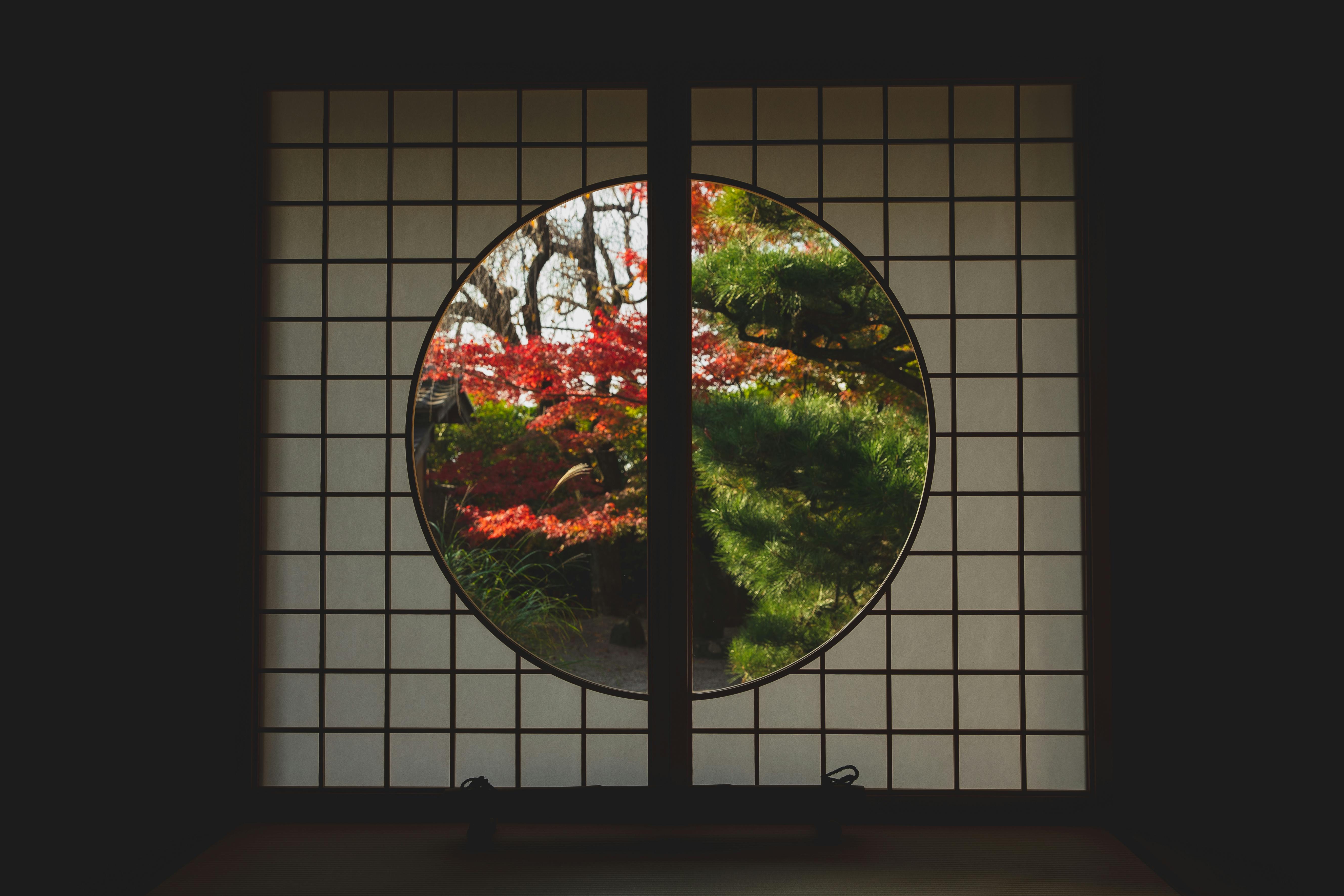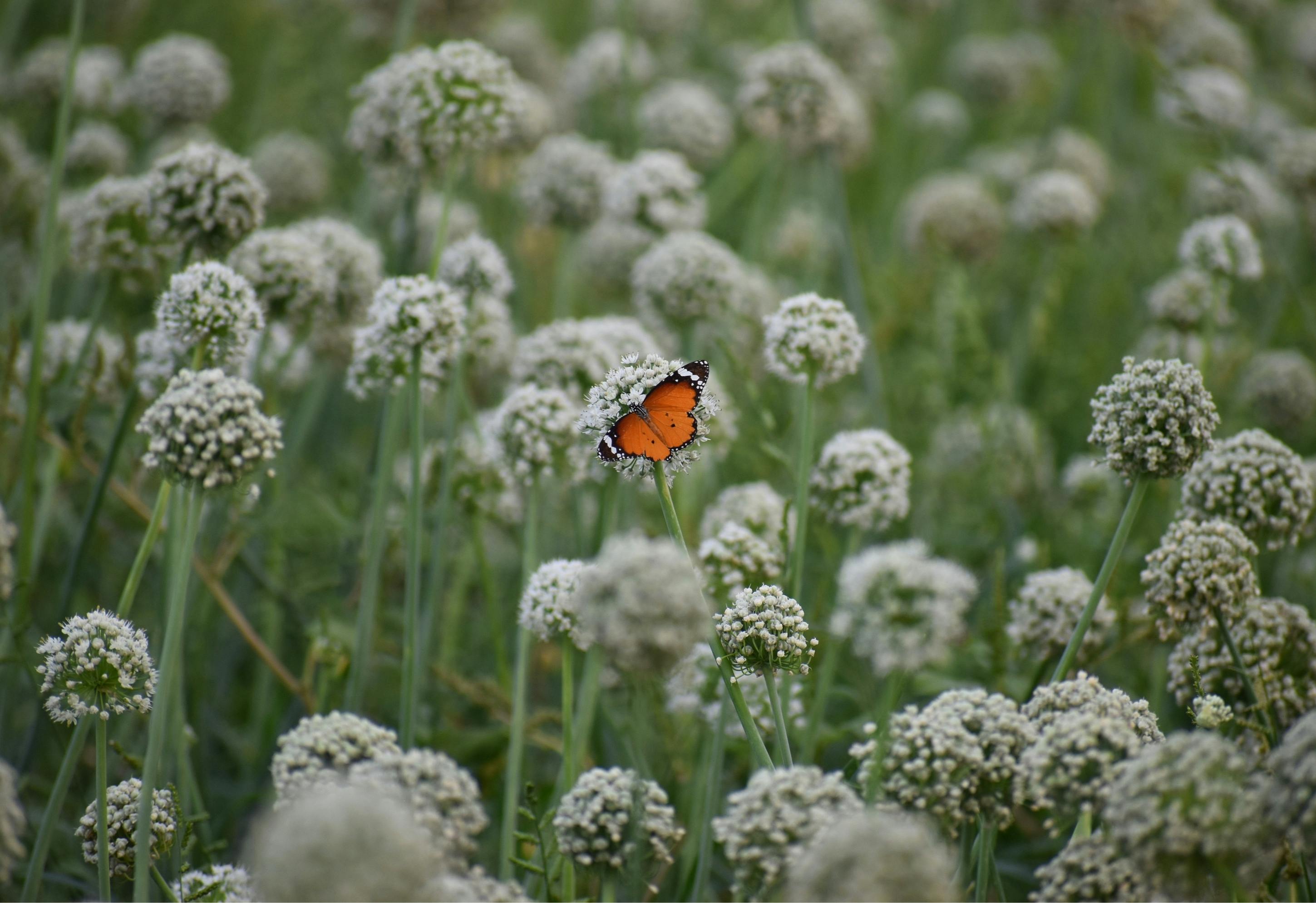Growing green beans in a garden can be a rewarding experience for any gardener. There are many varieties of green beans, and they all require similar conditions to thrive. To ensure a successful harvest, it is important to choose the right variety of green bean for your garden, prepare the soil properly, plant the beans at the right depth and spacing, and provide adequate water and fertilization. With proper care, you will be rewarded with a bountiful harvest of nutritious green beans.To prepare the soil for growing green beans in a garden, you will need to make sure the soil is well-draining and has a pH level between 6.0 and 6.8. Begin by digging a hole about 12 inches deep, making sure to turn over the soil and break up any clumps. Remove any weeds or rocks as you go. Add compost or aged manure to the soil to increase nutrient content and water-holding capacity, and mix it into the existing soil with a shovel or tiller. Test the pH level of the soil using a home testing kit and adjust as needed by adding either
Choosing the Right Variety of Green Bean for Your Garden
Choosing the right variety of green bean for your garden is key to having a successful harvest. There are many different types of beans and selecting the right one can make or break your garden. You need to consider things like your climate, soil, and other environmental factors when deciding which type of bean to plant. You also need to think about what you plan to do with the beans once they are harvested; some types are better suited for fresh eating, while others are better suited for canning or freezing.
How to Plant Green Beans in a Garden
Growing green beans in your garden is a great way to have access to fresh, nutrient-rich vegetables all summer long. Planting green beans is also relatively easy and requires minimal effort, making it a great choice for beginner gardeners. To get started, you’ll need to follow these simple steps:
1. Choose the Right Spot: Green beans need full sun for at least 6 hours a day, so pick a spot in your garden that gets plenty of direct sunlight. Also, make
Using Fertilizers to Help Grow Green Beans in a Garden
Green beans are a popular choice for gardens, as they are relatively easy to grow and provide an abundance of delicious vegetables. To get the most out of your green beans, it is important to use fertilizer to help them reach their full potential. Fertilizer can help the plants grow faster and produce more beans for harvesting. Here are some tips for using fertilizer to help your green bean plants thrive.
The first step is to choose the right type of fertilizer for your
https://images.pexels.com/photos/6249543/pexels-photo-6249543.jpeg
Caring for Green Bean Plants in a Garden
Caring for green bean plants in your garden is essential in order to ensure that they produce a healthy crop of beans. Green beans are relatively easy to care for and require minimal maintenance. Start by selecting an area of your garden that gets at least six hours of direct sunlight each day. Make sure you prepare the soil properly before planting, as this will ensure good drainage and adequate nutrients. Plant your green beans three inches apart, and water them well after planting. Throughout the growing season, water your green beans

Mulching and Watering Green Bean Plants
Mulching and watering green bean plants is an essential part of ensuring that they grow healthy and strong. Mulching helps to retain moisture in the soil, protect the roots of the plants from extreme temperatures, and reduce weeds. It is important to choose an appropriate mulch for your green beans such as straw, grass clippings, or bark chips. Watering your green beans regularly will ensure that they receive adequate moisture for growth. Make sure to water your beans early in the morning or late in the evening when temperatures are
Controlling Weeds and Pests Around Green Bean Plants
Weeds and pests can be a major problem when growing green beans. These pests can affect the growth and productivity of your crop, so it’s important to take steps to control them. To do this, you need to understand what kind of weeds and pests are common in your area, and how to best manage them.
One of the biggest threats to green beans is weeds. Weeds can compete with your green beans for nutrients, water, and sunlight, making it difficult for your plants
Harvesting Homegrown Green Beans
Harvesting homegrown green beans is a rewarding experience. The best time to harvest green beans is when they are young and tender. You should check your plants regularly for mature pods and pick them before the beans inside them become too large. Take care to avoid damaging the plant when picking the beans. Snap the pods off with your fingers or snip them using scissors. If you are going to be harvesting a large quantity of green beans, use a sharp knife or garden shears to quickly cut the stems from the plant. Keep in

Conclusion
Growing green beans in a garden is a rewarding experience, and it doesn’t take much effort to get started. Preparing the soil before planting, using the right type of bean, and providing adequate irrigation are all important steps for successful green bean production. To ensure a healthy crop of green beans, practice good pest management techniques such as crop rotation and monitoring for disease or insect infestation. With these tips and plenty of sunshine, you will be enjoying delicious green beans from your own garden in no time.
Harvesting green beans at the
